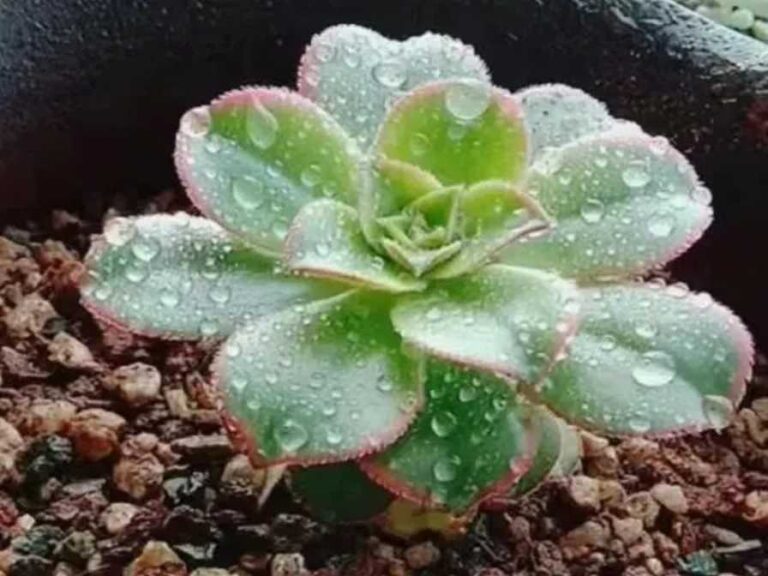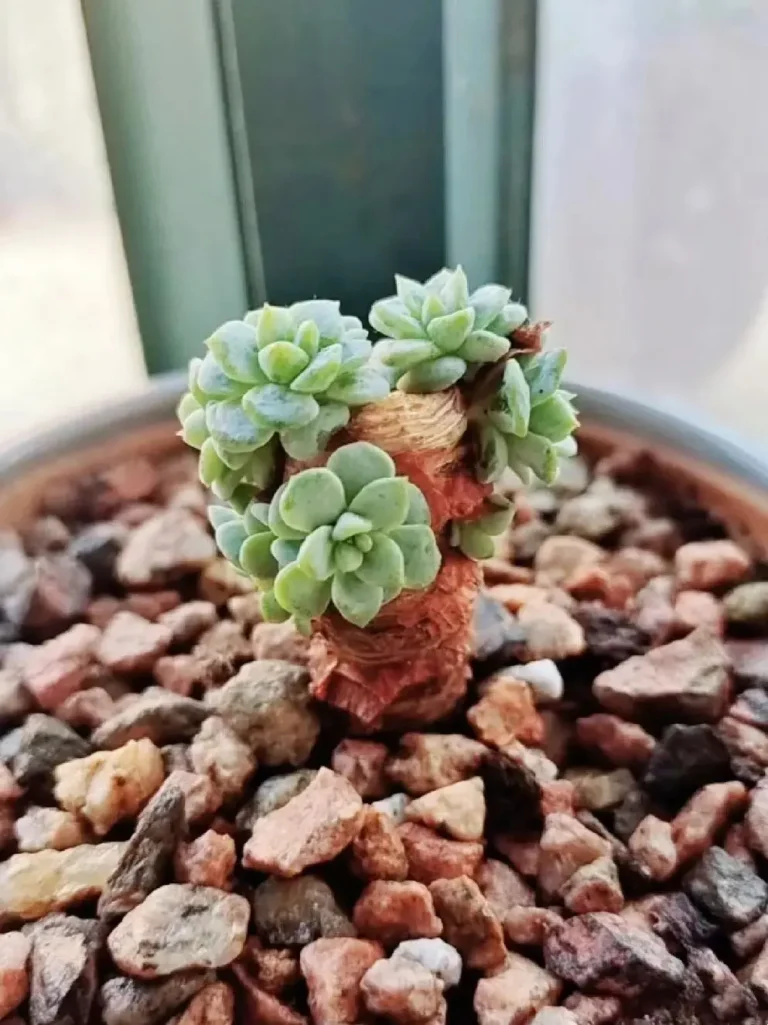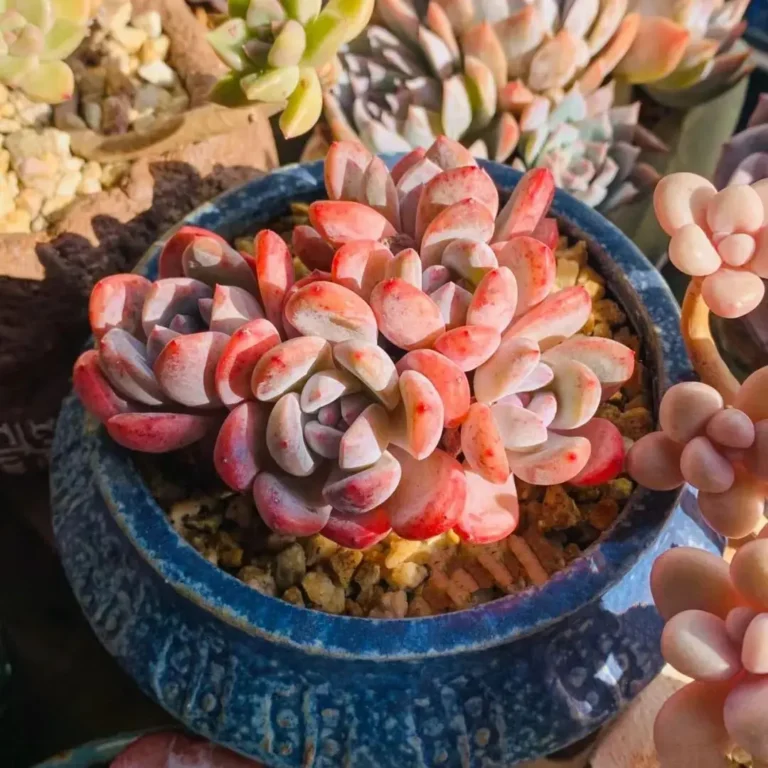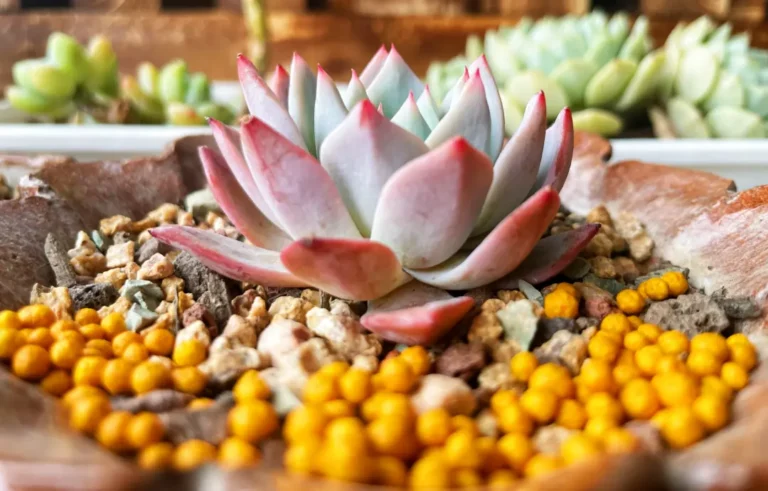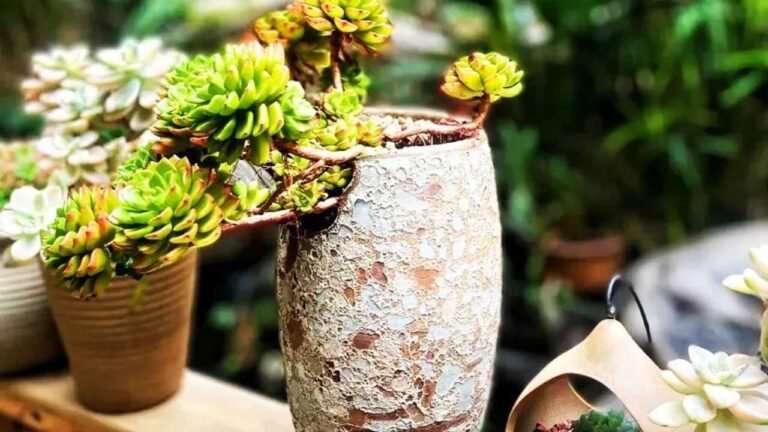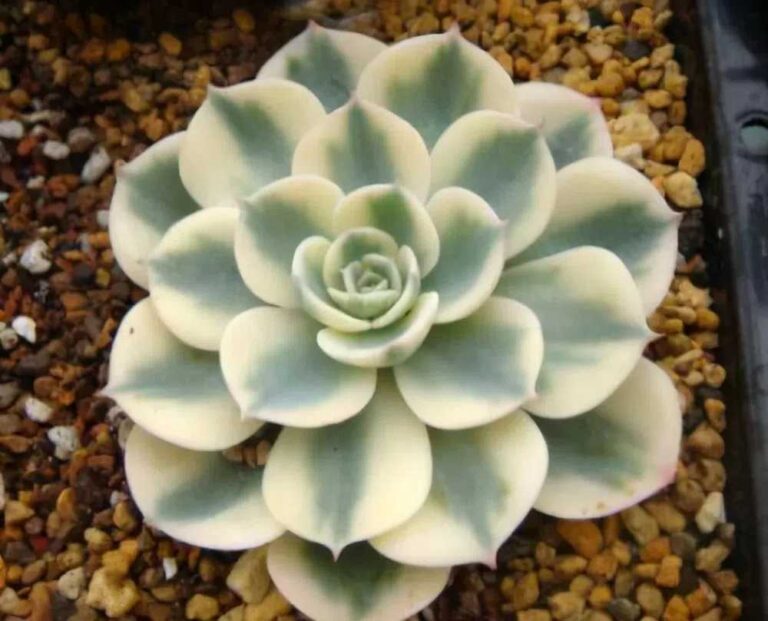As a blogger who has raised hundreds of succulents in my apartment, I fully understand the challenges of indoor succulent care. Through 5 years of practice, I summarized this set of indoor succulent care tips, even if there is no balcony, as long as you master the light, ventilation, water control and other key points, your window sill succulent can also be raised into a fat “little cute things”. Today we will share with you the core skills to make indoor succulent healthy growth, suitable for indoor succulent love of the good people.
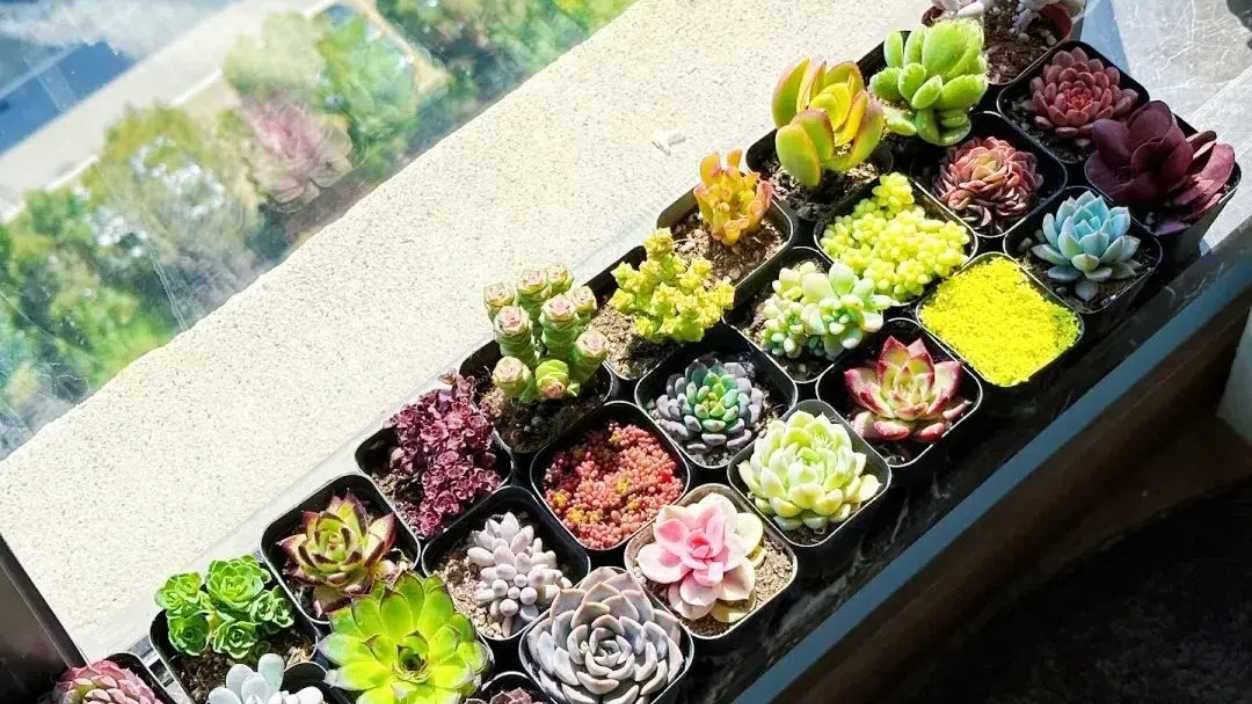
Sunlight is the best nutrient
Succulents are by nature “light seekers” and in their native environment in the Mexican desert, they receive 6-8 hours of direct sunlight per day. For indoor care, be sure to place your succulent in the sunniest spot in the house – usually on a south or west-facing windowsill (for the northern hemisphere). Here’s a pro tip: Regular LED lights have 1/10th the light intensity of natural light, and the UV content is even more minuscule. I’ve tested that succulents maintained under supplemental lighting have more than 30% worse coloring than those maintained under natural light on a windowsill.
Best Placement Recommendation:
- Window sill (4-6 hours of direct sunlight per day)
- Below the attic skylight (pay attention to summer shade)
- Sunroom glass cabinet (keep ventilation)
Ventilation is more important than you think
Last spring, my 20 pots of succulents collectively contracted powdery mildew because of inadequate ventilation. This painful lesson made me realize that air circulation is as important to indoor succulents as water is to fish. It is recommended to open the window for 2-3 hours a day (can be shortened to 1 hour in winter), and in case of rainy season or extremely cold weather, you can use a small USB fan to circulate the air at a distance of 1 meter from the plants. Remember: ventilation must be done immediately after watering, this is the key moment to prevent black rot!
Water control is an art
Succulent care has a jargon: “watering three years of work”. My watering secret is “two look and one touch method”:
✓ Look at the leaves: the bottom leaves are slightly wrinkled
✓ Look at the soil: a bamboo stick inserted into the soil is completely dry.
✓ Feel the weight: the pot is noticeably lighter.
In the apartment, I usually water only once every 2-3 weeks. Special note: Ceramic pots retain water 30% better than plastic pots, while red clay pots are the most breathable. Newbies are advised to use transparent pots to visualize soil moisture.
Soil preparation should be “adapted to the local conditions”
Indoor soil preparation program (by volume):
| Plant type | Ratio of granular soil | Recommended formula |
|---|---|---|
| Young plants | 60% | Terracotta + Vermiculite + Coir |
| Established | 80% | Maifanshi + Volcanic Rock + Pine Scale |
| Older plants | 90% | Phytolithic Gold + Kiryu Sand + Rice Husk Charcoal |
This formula has been proven over the years to be effective in preventing root rot, a common indoor disease. Remember to change the soil every 2 years to avoid soil consolidation.
Three key periods for temperature regulation
- Growth period (15-25℃): spring and fall is the golden growth period of succulent, New York window sill temperature is just right.
- Dormant period (>30℃/<5℃): Use shade net to cool down 3-5℃ at noon in summer, and close the window at night to keep warm in winter.
- Dangerous period: when the leaves are found to be transparent and watery, immediately check for high temperature and high humidity
Succulent Care Questions
Three frequently asked questions:
Q: Can I use a humidifier?
A: Absolutely don’t! The appropriate humidity for succulents is 40%-50%, and a humidifier will lead to powdery mildew outbreaks
Q: How to determine whether there is a lack of light?
A: The new leaves are more than 2cm apart, or the stem is obviously elongated, which is the signal of “growing too long”.
Q: Do I need to fertilize indoors?
A: Apply low-nitrogen fertilizer once a month during the growing season (5-10-15 ratio is recommended).
Keeping in mind these indoor succulent care tips, your succulents can grow healthily even in an apartment without a balcony. The “Rainbow Sugar” succulent on my window sill is now in its 3rd year of life, and every spring it produces star-shaped flowers. As long as you give them the right amount of sunlight, ventilation and water, these hardy little creatures will give you unexpected surprises!
How do you keep succulents if you have a balcony?
The golden rule for choosing succulent varieties for the balcony
Core principle: choose varieties according to the length of the light, the success rate increased by 70%
- Open balcony (average daily 6h + direct light)
Recommended varieties: Chihuahua, Onslow, Lotus
Pit avoidance guide:
Avoid planting old stakes with height over 30cm (e.g. Mage series)
Rotate the pot 45° every two weeks to prevent unilateral growth (measured to reduce 30% of the phenomenon of crooked head)
- Enclosed balcony (4-6h of window light per day)
Must-have list:
✓ Winter cloud system (supplemental light is recommended to assist)
✓ Ice Jade (weekly glass wiping to improve light transmission by 10%)
✓ Dumpling Skin (low light index ★★★★)
Measured data: New York apartment closed balcony with fill light, succulent coloring speed 2.3 times faster - North-facing balcony (<3h light per day)
Survivor: Jade Dew, Twelve Rolls, Antler Begonia
Container Tips:
Match with 10cm chunky pots (+40% shape control effect)
Lay white maierite paving (15% increase in reflectivity)
Balcony fill light setup guide
Key indicators: PPFD value >200μmol/m²/s
Lamp purchase list:
Lamp Type Applicable Scene Daily Recommended Hours
Full spectrum LED Winter fill light 4-6 hours
Pink violet light Fast coloring 2-3 hours
Strip Lights Narrow Spaces 6-8 hours
Installation Tips:
- Keep the light distance 15-20cm (to prevent sunburn)
- Set morning and evening mode with timer (simulates natural light cycle)
Tips for choosing succulent containers for your balcony
Material performance comparison table:
Material Breathability Water retention Applicable scenes
Red clay pots ★★★★★ ★☆☆☆☆ humid areas
McRib Pot ★★★★☆ ★★★☆☆☆ General purpose
Plastic square basin ★★★☆☆☆ ★★★★☆ Dry climate
Space optimization solution:
- Increase space by 30% with laddered planters.
- Hanging bags for hanging varieties (e.g. purple moon)
The Ultimate Balcony Succulent Soil Rationing Program
Granular soil proportioning formula:
[ Recommended granularity = (balcony ventilation index × average daily light hours) ÷ 10 ]
Example: well ventilated + 6h light = (8×6)/10=4.8 → use 50% granular soil.
Classic formula recommendation:
Seedling stage: Terracotta 60% + Vermiculite 20% + Coir 20
Adult stage: Maitake 50% + Volcanic Rock 30% + Pine Scale 20
Older plants: Phytolithic stone 70% + Kiryu sand 20% + rice husk charcoal 10%
Soil change reminder: Add 5% activated charcoal to the soil change every spring to prevent 75% of fungal diseases.
Conservation Q&A
Q:How to determine whether the balcony ventilation is up to standard?
A: Light the incense to observe the flow of smoke, completely dissipated within 20 seconds is excellent!
Q: Should I water on rainy days?
A: Suspend watering when the air humidity is >70% (can be monitored with a hygrometer)
